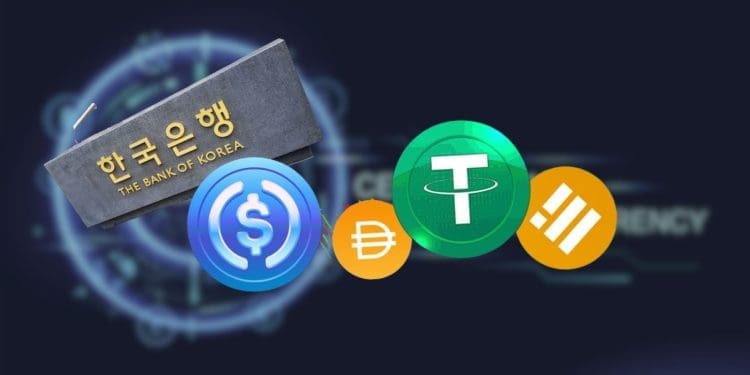- Bank of South Korea governor Rhee Chang-yong sees an urgent need to introduce a central bank digital currency (CBDC) known as the digital won
- Rhee says frequent instability in stablecoins and their widespread usage could reduce the effectiveness of central bank monetary policies
- Rhee’s comments come after the collapse of terraUSD stablecoin wiped out tens of billions in value, underscoring regulators’ concerns about stablecoins
Stablecoins‘ widespread usage and frequent instability could reduce the effectiveness of central bank monetary policies, Rhee Chang-yong said.
South Korea Central Bank Head Sees CBDC Introduction as Case for ‘Urgency:’ Report
The governor of South Korea’s central bank has reiterated the need for urgency around the development of a central bank digital currency (CBDC), citing concerns around stablecoins.
Rhee Chang-yong, governor of the Bank of Korea, made the comments at a financial forum in Seoul on Wednesday, according to a Reuters report.
Rhee reportedly said that the frequent instability seen in stablecoins, along with their widespread usage, could reduce the effectiveness of central bank monetary policies. As such, he sees an urgent need to introduce a digital won.
“If so-called stablecoins continue to proliferate without regulations and undermine the stability of the financial system, that could make existing monetary policy ineffective,” Rhee said, per the report.
The governor first floated the idea of a CBDC, dubbed the “digital won,” back in June. At the time, he said South Korea would need at least two to three years to develop a digital currency prototype.
Rhee’s comments come just months after the spectacular collapse of the terra USD (USD) stablecoin and its sister token luna wiped out tens of billions of dollars of value.
Stablecoins are digital assets designed to maintain parity with an external asset, usually a fiat currency like the U.S. dollar. Their stability contrasts with the at-times extreme volatility seen in cryptocurrencies.
Tether (USDT) remains the largest stablecoin by market capitalization. However, its dominance has slipped amid competition from the likes of USD Coin (USDC) and Binance USD (BUSD).
Central banks around the world are currently researching and developing CBDCs. However, no major economy has yet launched a digital version of its fiat currency.
China has progressed the furthest with its digital yuan trials, which are now taking place across several major cities.
Conclusion
Rhee’s comments highlight the sense of urgency around CBDCs following recent stablecoin instability. The collapse of terra USD in particular appears to have spooked regulators and policymakers, accelerating existing CBDC research efforts. It remains to be seen if and when South Korea will launch its own digital won.














